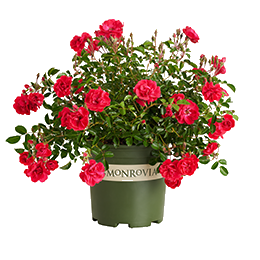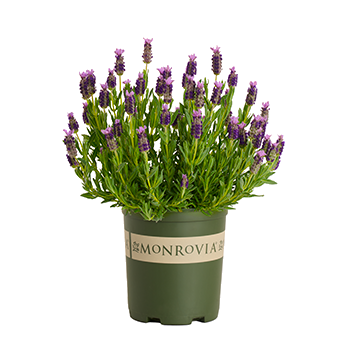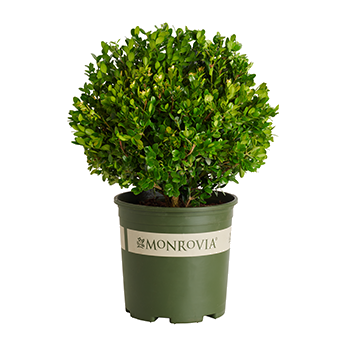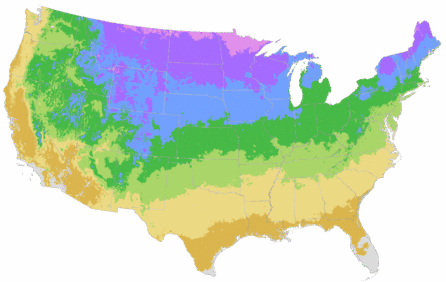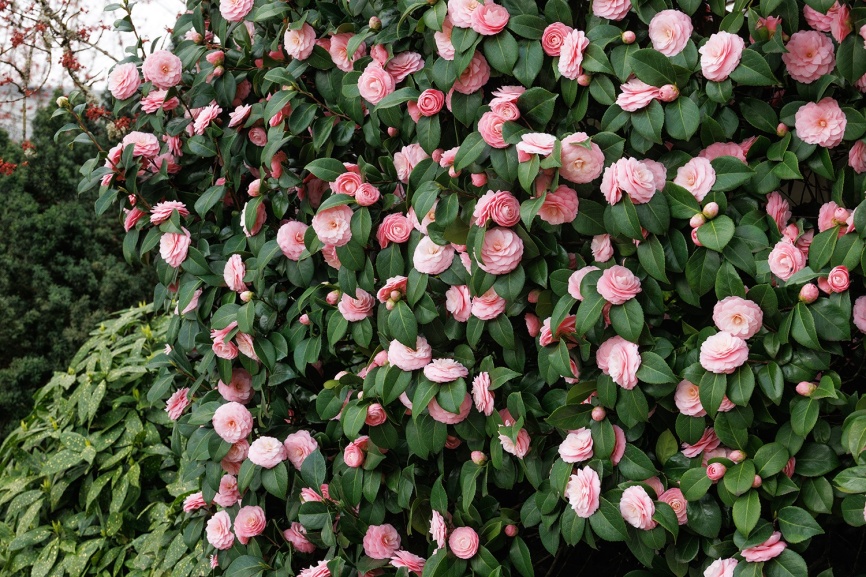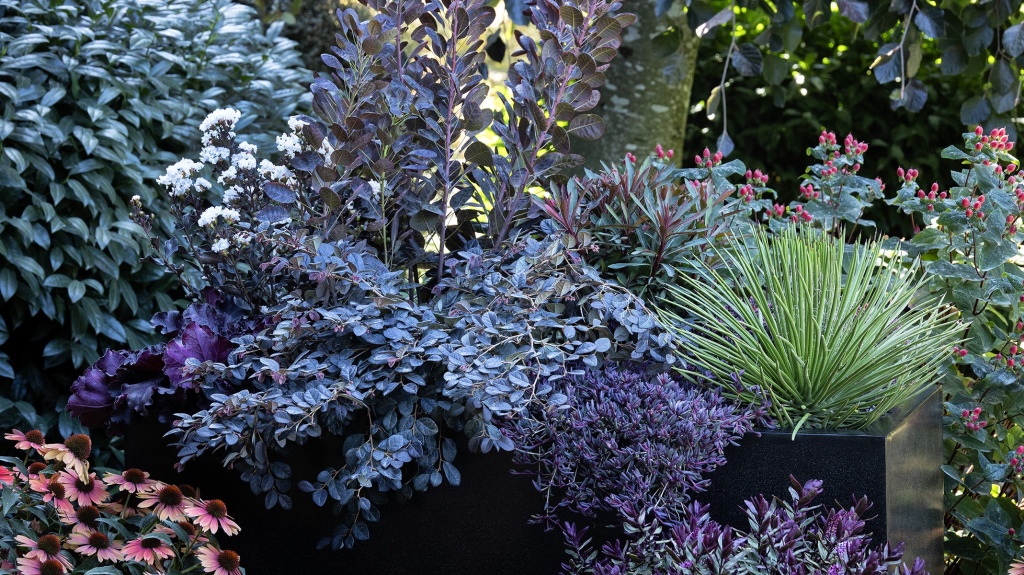You're growing in this Zip Code:
Change LocationDiscover Plants for Your Area
Cotton Candy Garden Phlox
Phlox paniculata 'DITOMFAV' PP #21,369
Retailers Near You
| Description | The best mildew resistant garden phlox to date, this new hardy selection will bring months of delectable color to garden beds and borders. Clusters of deliciously scented, cotton candy pink flowers begin to bloom in early summer, filling the air with a sweet fragrance until fall. An herbaceous perennial. |
|---|---|
| Bloom Time | Early summer to early fall |
| Deciduous/Evergreen | Herbaceous |
| Special Features | Easy Care, Improved Pest and Disease Resistance |
| Growth Rate | Moderate |
| Flower Attributes | Flowers for Cutting, Fragrant, Long Bloom Season, Showy Flowers |
| Patent Act | Asexual reproduction of plants protected by the Plant Patent Act is prohibited during the life of the patent. |
| Landscape Use | Border, Container |
| Design Ideas | Phlox a quintessential cutting garden plant, and equally at home in perennial borders, formal foundation plantings or small urban gardens. Spot into a meadow, wildlife-friendly or sustainable garden, as hummingbirds, butterflies and beneficial insects will flock to the rich nectar and serve as pollinators. |
| Flower Color | Pink |
| Foliage Color | Green |
| Companion Plants | Coneflower (Echinacea); Shasta Daisy (Chrysanthemum); Speedwell (Veronica); Delphinium (Delphinium); Russian Sage (Perovskia) |
| Care Instructions | Thrives in enriched, moist, well-drained loamy or sandy soils, with a neutral pH. Water deeply, regularly during the first growing season to establish an extensive root system; reduce frequency, once established. Avoid overhead watering. Remove spent blooms to prolong flowering. Hard prune to the ground at season's end. Feed in early spring. |
| History | This new Phlox is the product of a planned breeding program in Noordwijkerhout, The Netherlands with the objective to create new compact Phlox cultivars with attractive leaf and flower coloration and disease resistance. Originating from a cross-pollination July 2000 of two unnamed seedling selections of Phlox paniculata, not patented, the new Phlox was discovered and selected as a single flowering plant from within the progeny in a controlled environment in Noordwijkerhout, The Netherlands in July, 2001. |
| Description | The best mildew resistant garden phlox to date, this new hardy selection will bring months of delectable color to garden beds and borders. Clusters of deliciously scented, cotton candy pink flowers begin to bloom in early summer, filling the air with a sweet fragrance until fall. An herbaceous perennial. |
|---|---|
| Bloom Time | Early summer to early fall |
| Deciduous/Evergreen | Herbaceous |
| Special Features | Easy Care, Improved Pest and Disease Resistance |
| Growth Rate | Moderate |
| Flower Attributes | Flowers for Cutting, Fragrant, Long Bloom Season, Showy Flowers |
| Patent Act | Asexual reproduction of plants protected by the Plant Patent Act is prohibited during the life of the patent. |
| Landscape Use | Border, Container |
|---|---|
| Design Ideas | Phlox a quintessential cutting garden plant, and equally at home in perennial borders, formal foundation plantings or small urban gardens. Spot into a meadow, wildlife-friendly or sustainable garden, as hummingbirds, butterflies and beneficial insects will flock to the rich nectar and serve as pollinators. |
| Flower Color | Pink |
| Foliage Color | Green |
| Companion Plants | Coneflower (Echinacea); Shasta Daisy (Chrysanthemum); Speedwell (Veronica); Delphinium (Delphinium); Russian Sage (Perovskia) |
| Care Instructions | Thrives in enriched, moist, well-drained loamy or sandy soils, with a neutral pH. Water deeply, regularly during the first growing season to establish an extensive root system; reduce frequency, once established. Avoid overhead watering. Remove spent blooms to prolong flowering. Hard prune to the ground at season's end. Feed in early spring. |
|---|
| History | This new Phlox is the product of a planned breeding program in Noordwijkerhout, The Netherlands with the objective to create new compact Phlox cultivars with attractive leaf and flower coloration and disease resistance. Originating from a cross-pollination July 2000 of two unnamed seedling selections of Phlox paniculata, not patented, the new Phlox was discovered and selected as a single flowering plant from within the progeny in a controlled environment in Noordwijkerhout, The Netherlands in July, 2001. |
|---|
Retailers Near You
About Us
We have been pioneers and craftsmen in the art of growing plants for nearly
100 years. Since our founding in Southern California by Harry E. Rosedale, Sr.
in 1926, we have been absolutely dedicated and obsessed with quality.
We have been pioneers and craftsmen in the art of growing plants for nearly 100 years. Since our founding in Southern California by Harry E. Rosedale, Sr. in 1926, we have been absolutely dedicated and obsessed with quality.
